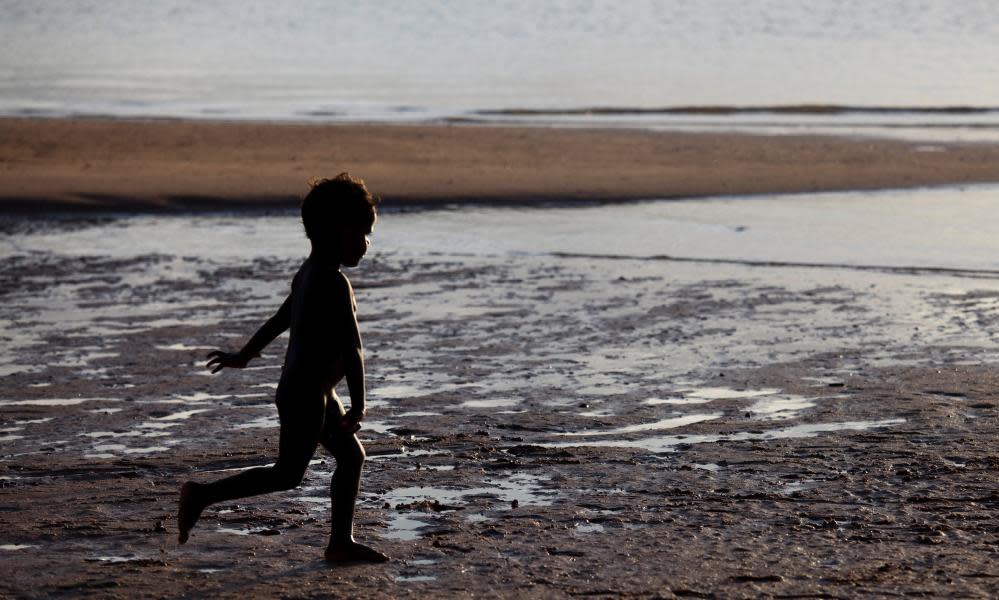School’s stolen generations lesson that traumatised children is criticised by parents

The peak body representing members of the stolen generations has recommended against “experiential learning” as a way to teach the history of forced removal of Indigenous children in Australia, after a Sydney primary school scared children to tears by pretending they were being taken away from their parents.
St Justin’s Catholic primary school in Oran Park was heavily criticised by parents after it told students in year 4 that their parents weren’t looking after them properly and they were being removed from their care.
The news was delivered at 9.30am by a nun bearing what she claimed was a letter from the prime minister, Malcolm Turnbull. A number of students began to cry.
At least one of the three classes involved in the activity were not told it was fake until 2.50pm that day when they were asked to write down how it made them feel, Fairfax media has reported. One 10-year-old boy was so distressed that he could not eat and spent the lunch hour planning ways to escape.
The Healing Foundation chief executive, Richard Weston, said it was up to schools to determine how they taught the history of the stolen generations, but said it should be done sensitively to avoid distressing students.
“Certainly we would not like to see any harm come of that,” he told Guardian Australia. “It’s not our intention to cause distress for students. Our main intention is that the history is taught in schools.”
Weston said the Healing Foundation had worked with stolen generations members and Kamilaroi woman Tania Thomas, an expert in embedding Aboriginal and Torres Strait Islander culture into school curriculum, to produce resources to help schools teach stolen generations history.
It recommends storytelling, making posters and art as ways to explore the history of the stolen generations with primary school-aged students. In high school the emphasis shifts to active research, using resources made available following the Bringing Them Home report in 1997 to learn about the lives of specific stolen generations members.
“Perhaps older kids could handle some experiential learning but these things have to be handled really carefully by people with the right experience, who have consulted with stolen generation members,” Weston said.
Including the stolen generations in the school curriculum was one of the recommendations of the Bringing Them Home report and has generally been done well, Weston said.
“It’s really important that the story is taught but it has to be done in a sensitive way and it has to be done in a way that children can empathise with the story, that they can get a sense of what it was like for stolen generations.”
The exercise at St Justin’s was intended to create empathy, Tim Gilmour, assistant director of schools in the Catholic diocese of Wollongong, has said.
Gilmour stood by the concept of the activity but said the execution would be reviewed.
“This was intended to give students experience of a scenario that was part of our nation’s history,” he told Fairfax Media. “We wanted to ask them how they would feel if we did that now.
“It was done without incident last year and quite a lot of parents said the activity was a good one.”
He said it was “not done as well as it should have been in one class” and the school would “look at how it can be refined to get the best outcome”.
St Justin’s did not respond to Guardian Australia’s request for comment.

 Yahoo News
Yahoo News 
